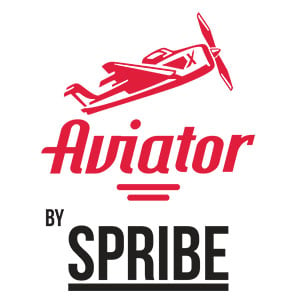Gambling Insider caught up with the two firms to find out more about the partnership, with Yiannis Gangas, Vermantia CPO, and Steven Spartinos, Kiron Co-CEO, on hand to tell us more.
How did this partnership come about and what appealed to your companies about each other?
YG: This partnership was a natural evolution of a long-standing relationship. We started working together more than seven years ago, combining our strengths to start capturing market share together. With Kiron, we were the first to launch virtual games in Italy, undergoing an extensive licensing process on record time.
Recently, through an acquisition by Arena Racing Company, Vermantia also got direct access to racing rights, so it was obvious to both of us we should seek to join forces again.
SS: Echoing what Yiannis has said, Kiron has been in the virtual gaming space for 18 years. We’ve seen the evolution of the industry from the beginning. We’ve seen a number of innovations and developments as markets have matured. One to mention is the first Pan African satellite channel we launched with Vermantia, to make virtuals available to operators across the continent. They were previously struggling in many cases around difficulties with internet connectivity.
The introduction of partnerships between virtual providers and real racing was something we felt made a lot of sense. We see the benefits of it and we feel there are some products of value to be introduced to the market.
Do you have any specific goals or targets for the product?
YG: We wanted to launch the tier-one premium product in this category. Similar products used to rely on other game engines and inferior racing content. Our product is based on current and constantly updated content. Our pre-recorded product also has less close finishes, as they tend to confuse players. We strip out races with adverse weather conditions and camera angles that are not optimum. We are allowed to be selective through this and it’s as close to real racing as it can get.
A key strength of our new product is it attracts both virtual players and racing fans. It’s a combination of the modalities of a virtual game – fast, frequent – and real racing action. Let’s not forget virtual games started as a filler for live racing channels which, in the old days, didn’t have enough content to provide around the clock. So now we are seeing a situation where this product is becoming a highly autonomous product that can attract many different types of player.
SS: We are providing the players a more life-like experience. So, in terms of the objectives and adding to what Yiannis has said, we believed there were two real opportunities for a project like this. One is the number of markets in which virtuals have matured. It is a product that has been delivered in the market over the last five years. Operators are looking for innovation, so there has been a push from the market itself to demand some innovation within the product. In the more mature markets, we felt a product such as this would be the perfect addition.
We also find in some newer markets, there may initially be a trust element with animated games. Players initially ask the question: is this something I can trust? What we’ve found in those markets is there’s more recognition for the live product. As such, we wanted to introduce the right product to those audiences.
Geographically speaking, which are the most promising markets for you right now?
SS: Generally, we’ve seen some established markets that have continued to perform. The most established currently are the UK and the Italian markets – they are also the biggest markets for virtuals in the world. There are a number of territories such as Eastern Europe and CIS where virtuals have done well for a number of years. Newer markets that have evolved over the last three to five years are to a large degree the African markets; specifically some of the bigger ones within Africa have done very well – Nigeria and Kenya.
Looking at the Americas, some of the products have started to perform. In the New Year, we should see virtual sports enter the Colombian market under the recently published regulations. Of course, you would also have to look further at the fast-developing US market, which offers incredible potential for the future. Kiron’s game engine is certified in most regulated territories, so we offer a certain speed to market, both to existing operators and new ones.
YG: An additional benefit in terms of speed to market is the distribution infrastructure of Vermantia. Regardless of the size and territory of the operator, we’re able to scale the product very quickly and offer a range of cost-effective delivery solutions to operators, depending on their business requirements.


































